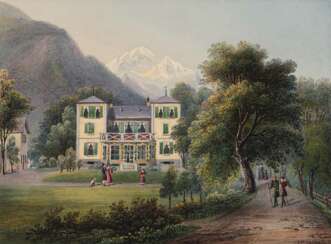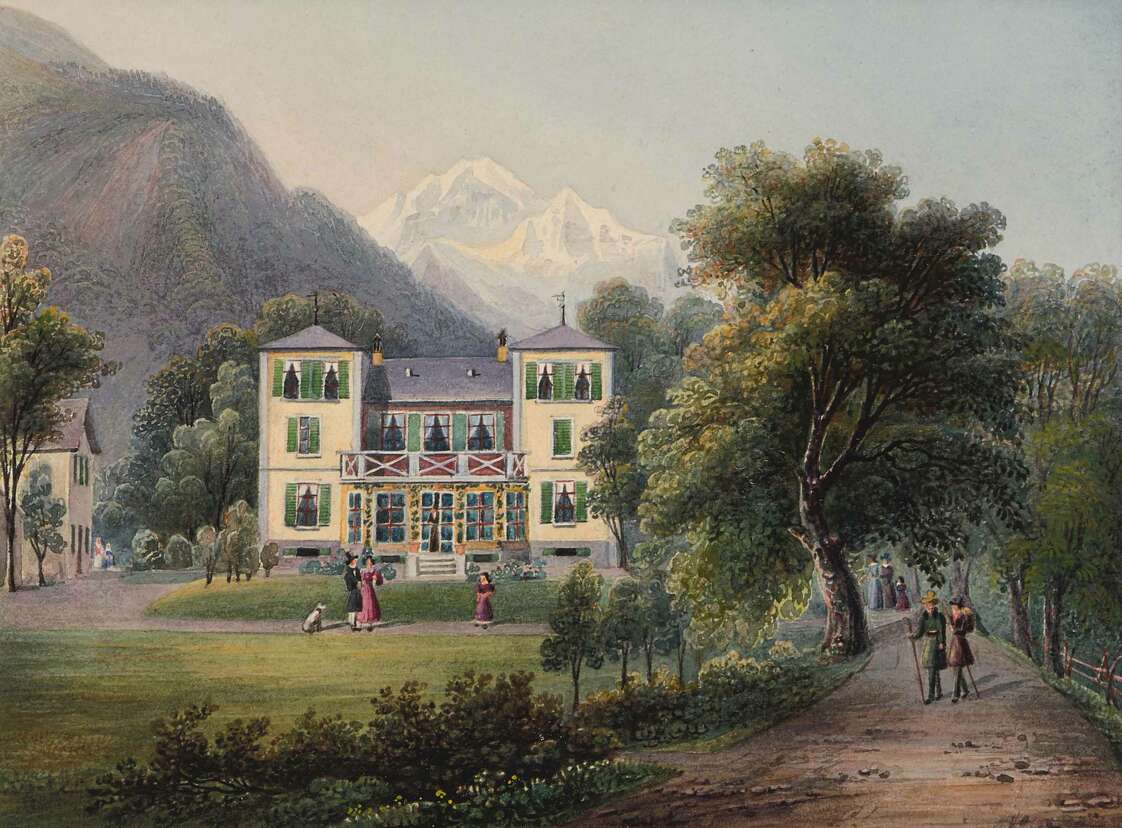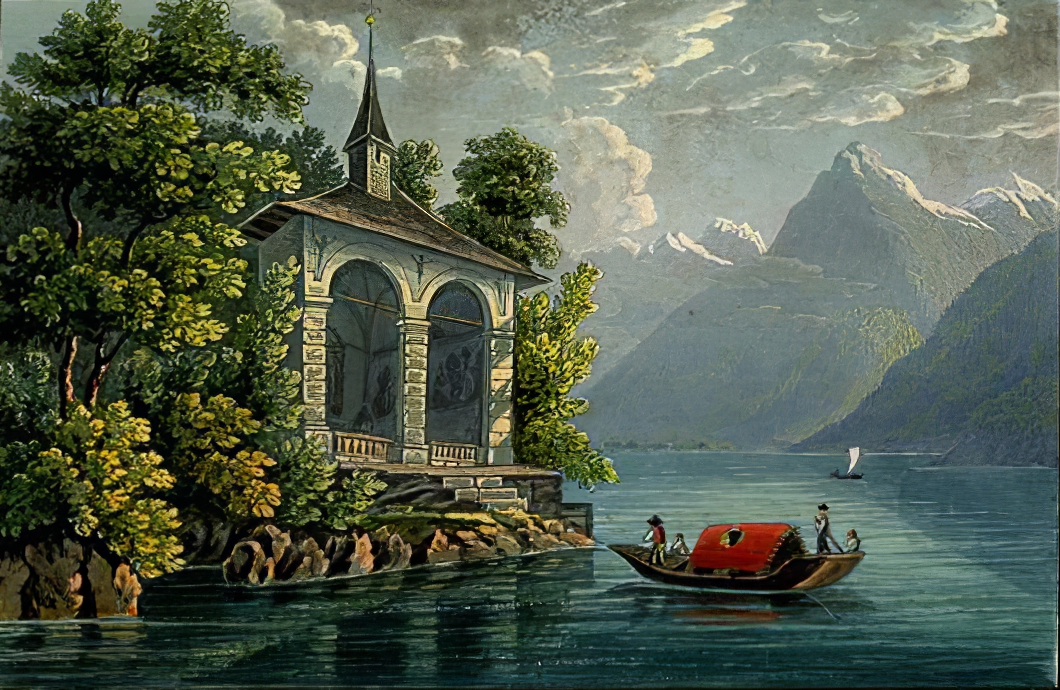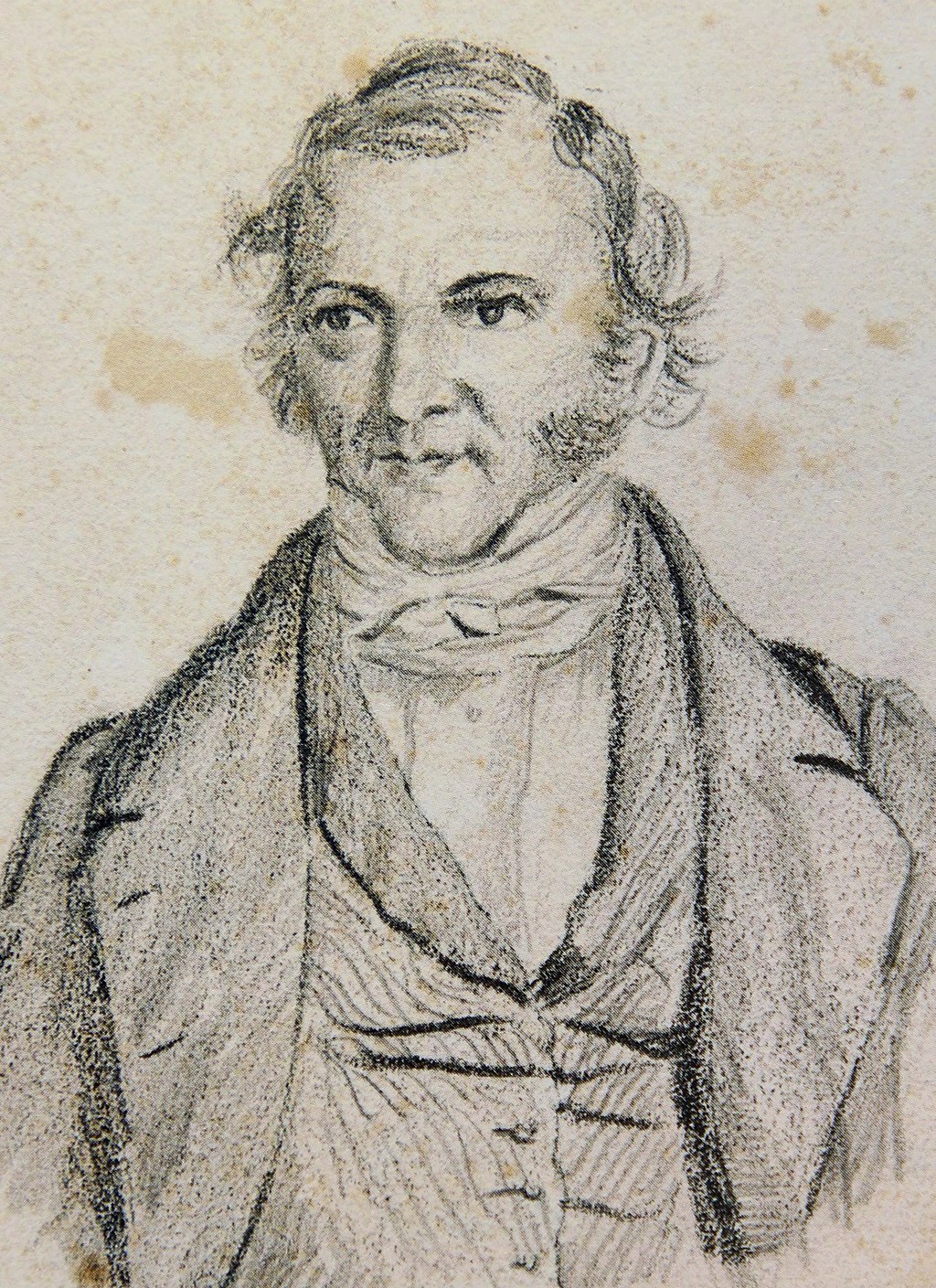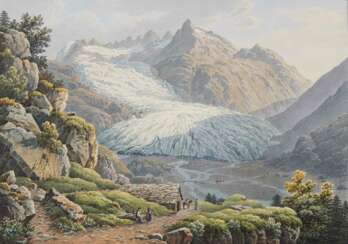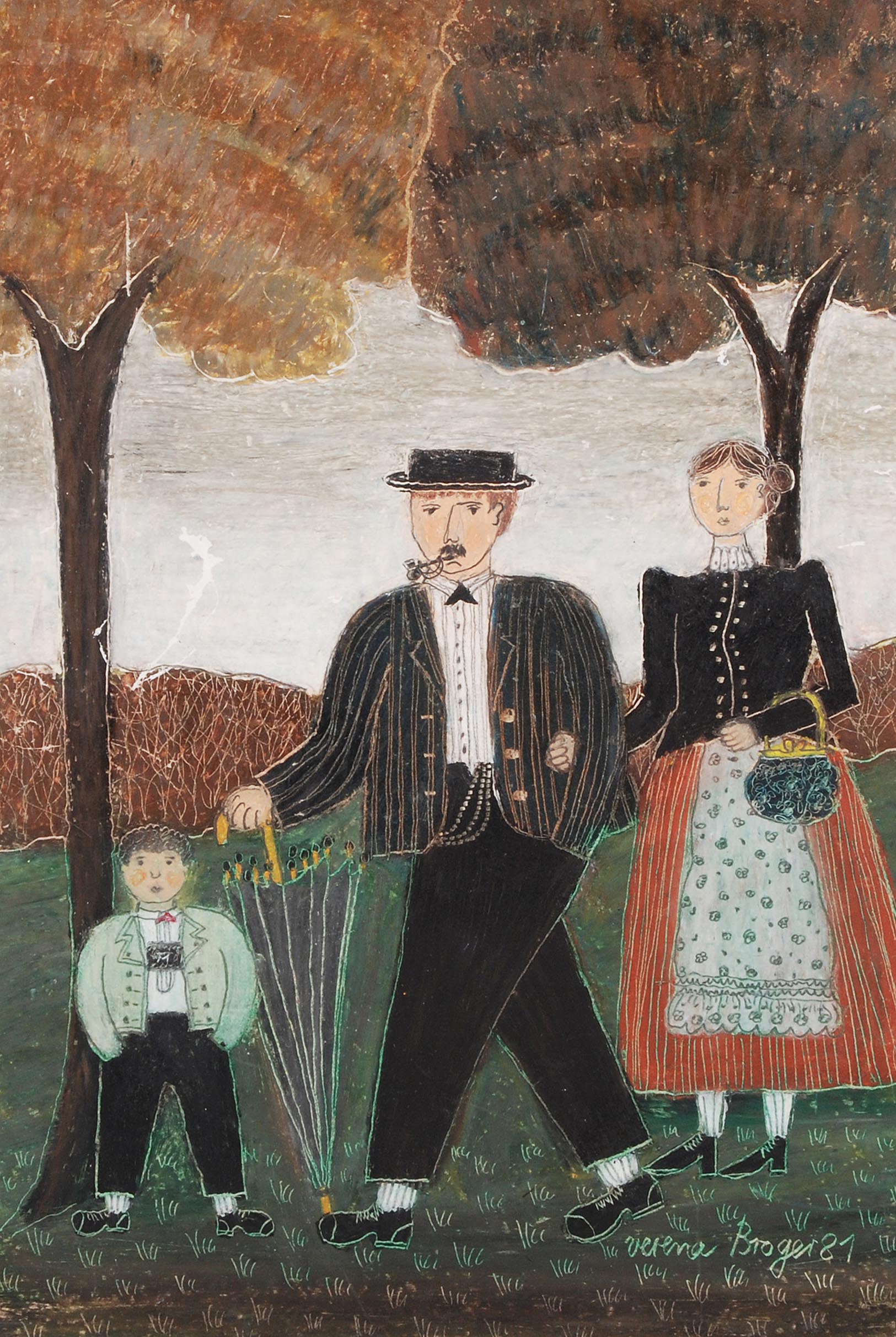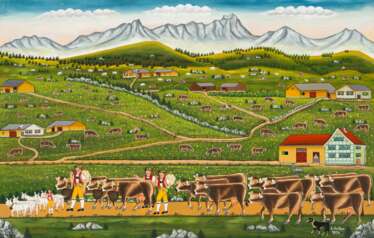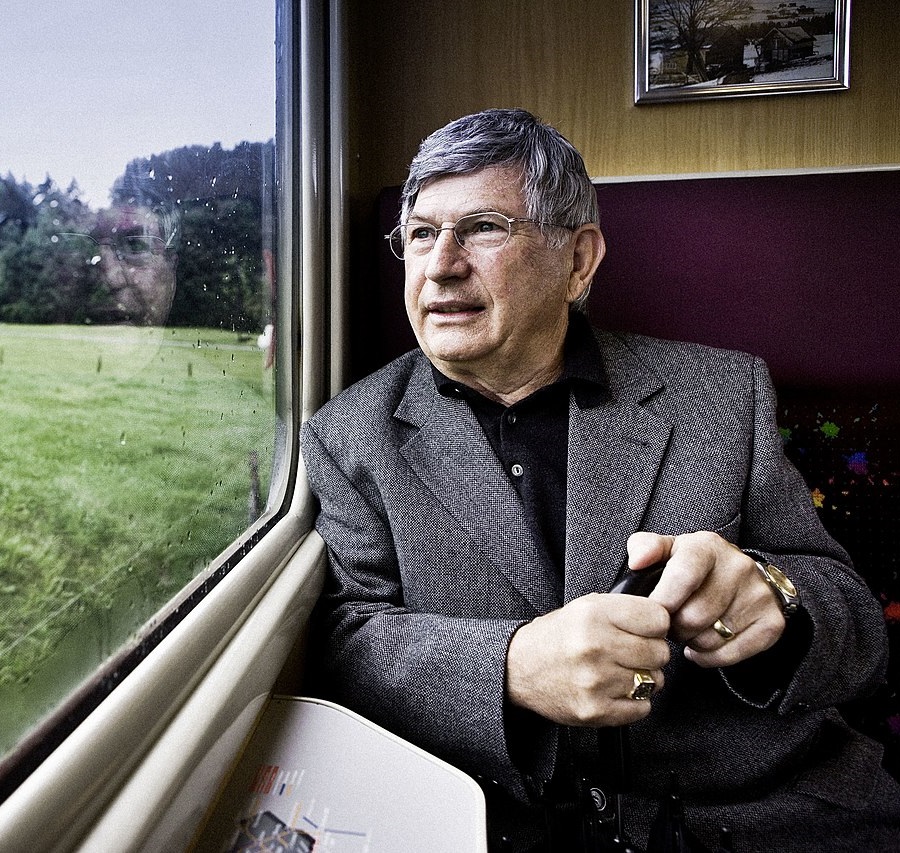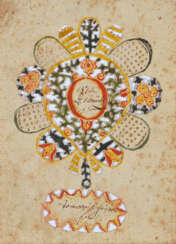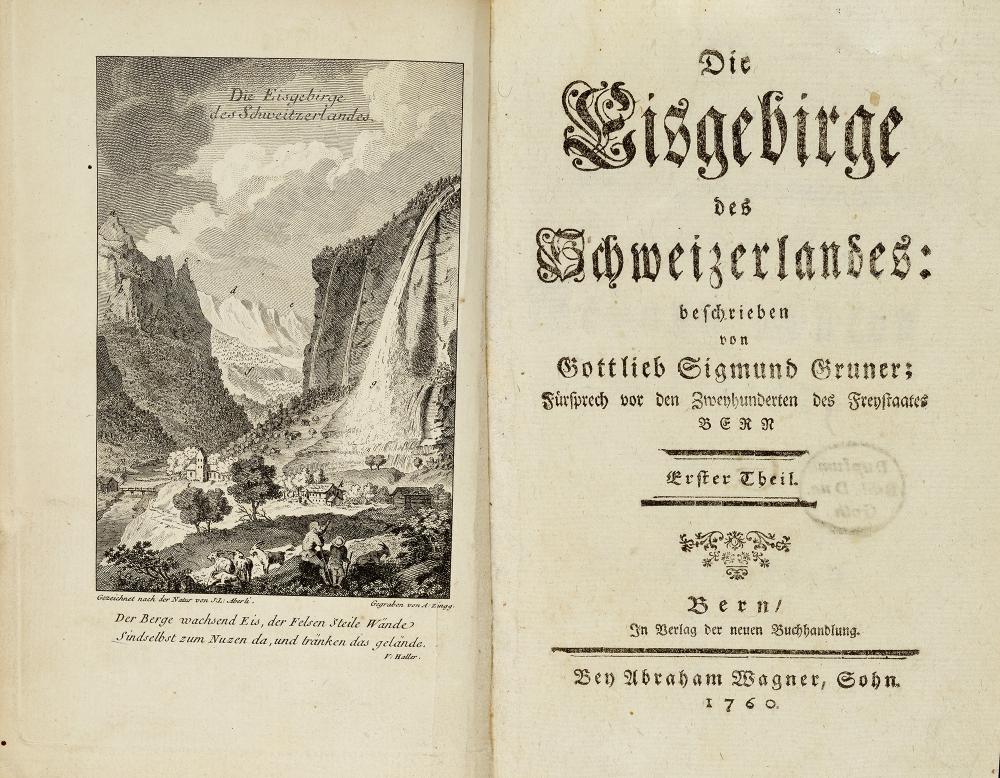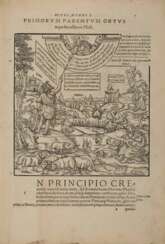
A167-3: Gemälde, Möbel, Weine
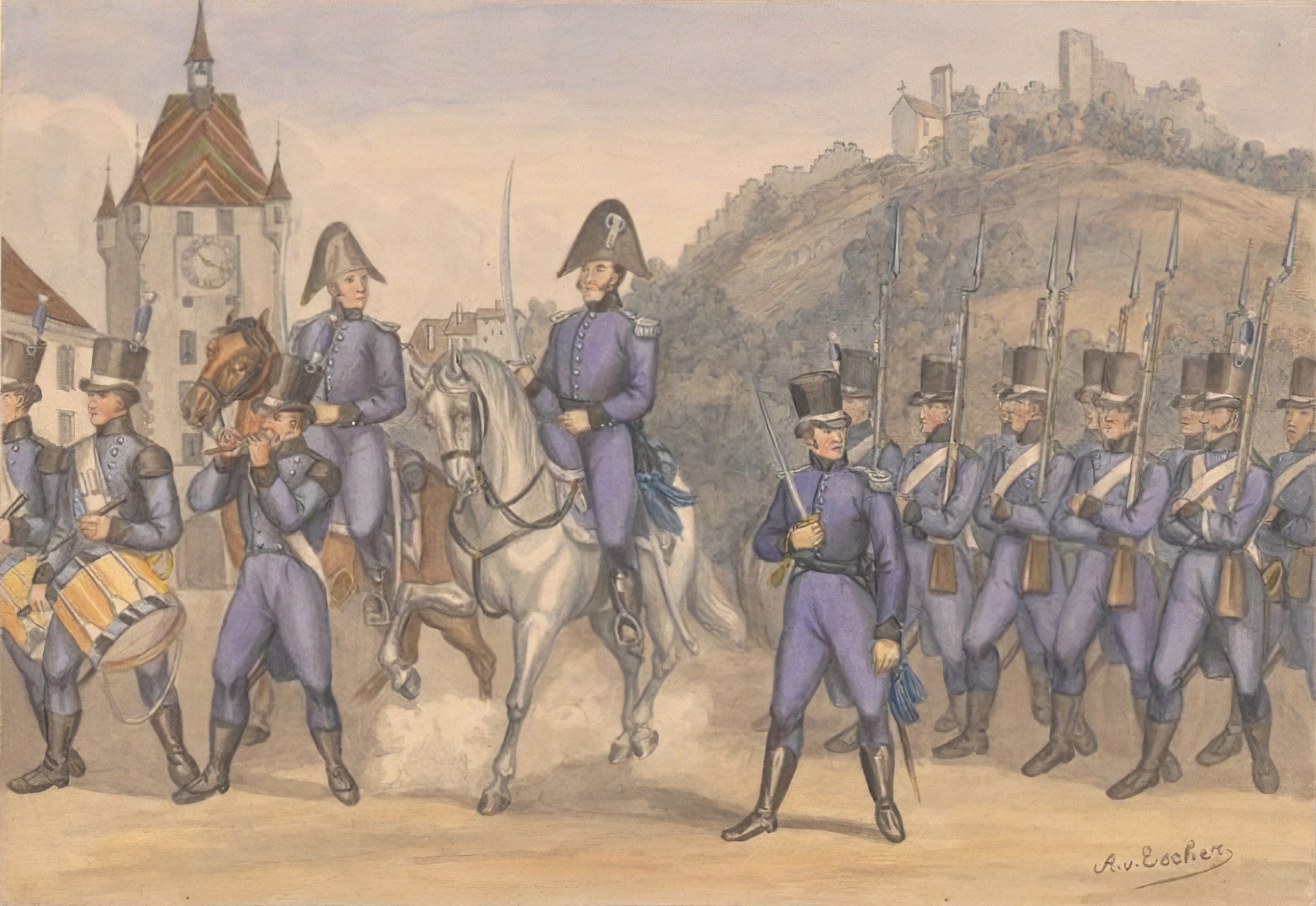
Albert von Escher was a Swiss amateur painter with a focus on military themes. In addition to battle paintings, he stood out for his watercolours and portfolios of Swiss uniforms. In the Swiss army he held the rank of captain.
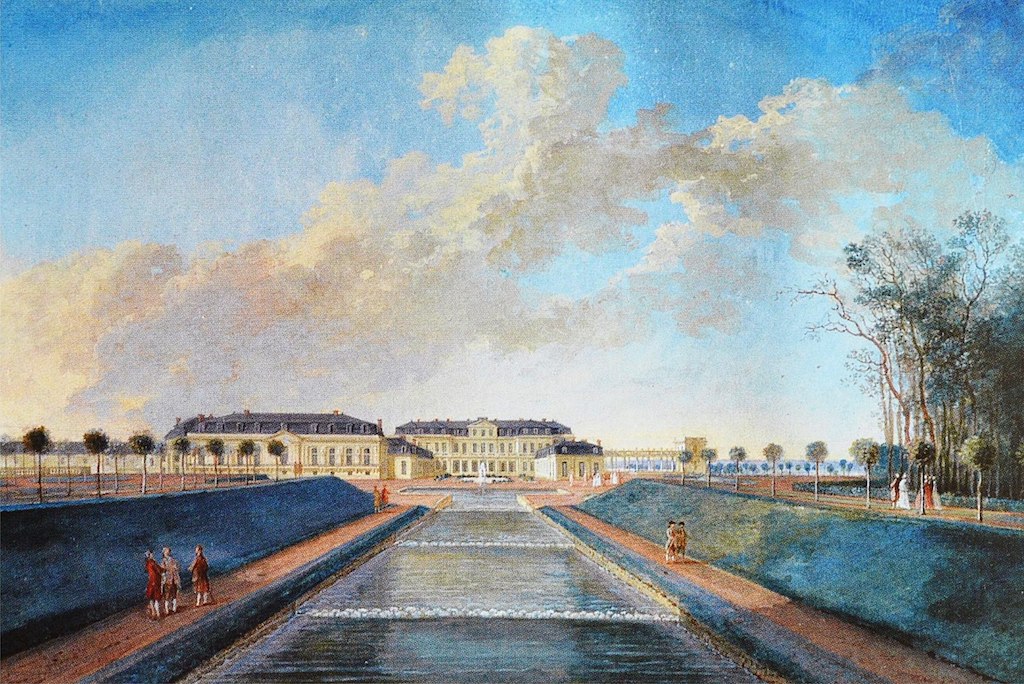
Nicolas Perignon, also known as Alexis Nicolas Perignon the Elder, was a French painter, draughtsman and engraver. He specialized in portraits, rustic scenes, landscapes, and seascapes.
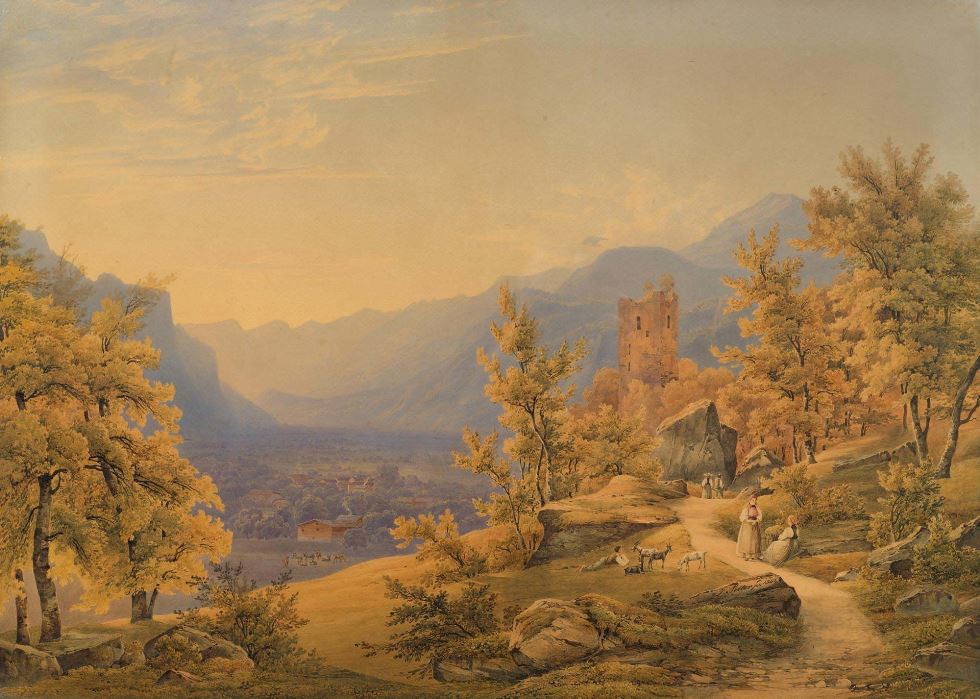
Jakob Suter was a Swiss watercolor painter and engraver.
Suter worked with etchings and engravings, but in 1833 he traveled to Rome, where he perfected his watercolor technique. Jacob Suter painted exquisite idyllic mountain landscapes, portraits of women in Swiss national costumes.
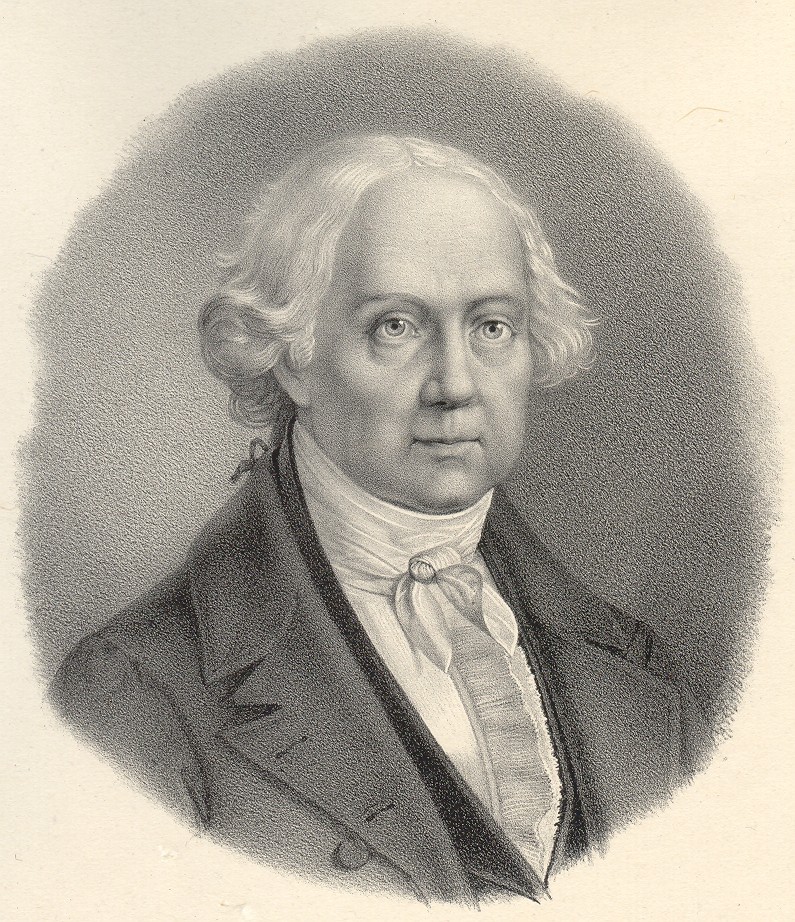
Johann Martin Usteri was a Swiss poet, noted for his narrative poetry and his idylls. He was one of the earliest poets to write poems in Swiss German, specifically in his native Zürich dialect; among these, his Vicar holds the foremost place.
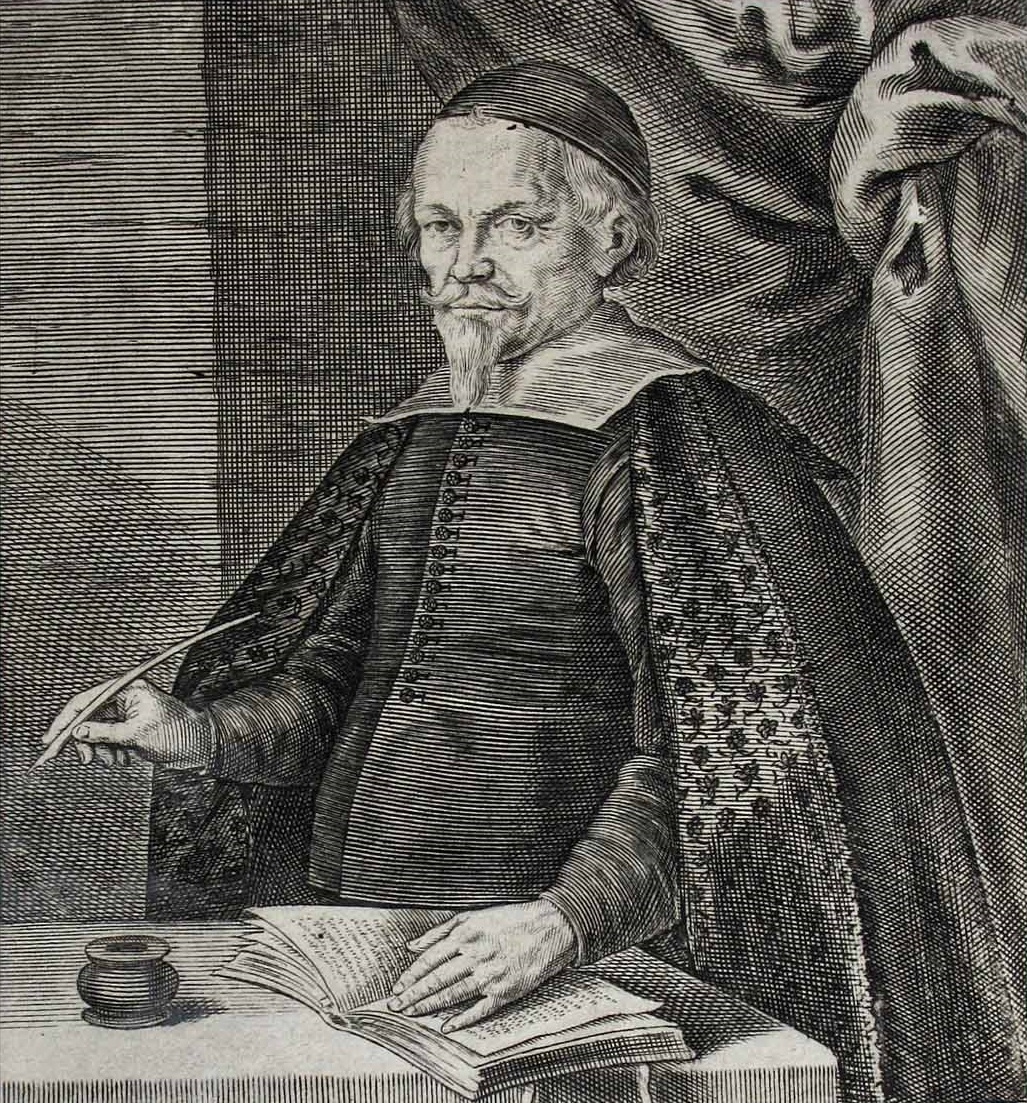
Martin Zeiler (also Zeiller) was a Baroque era German author.
Zeiler was schooled in Ulm, moving to Wittenberg in 1608 to study jurisprudence and history. He worked several jobs as private teacher and notary. He lived in Ulm from 1629, working as teacher and inspector at local schools.
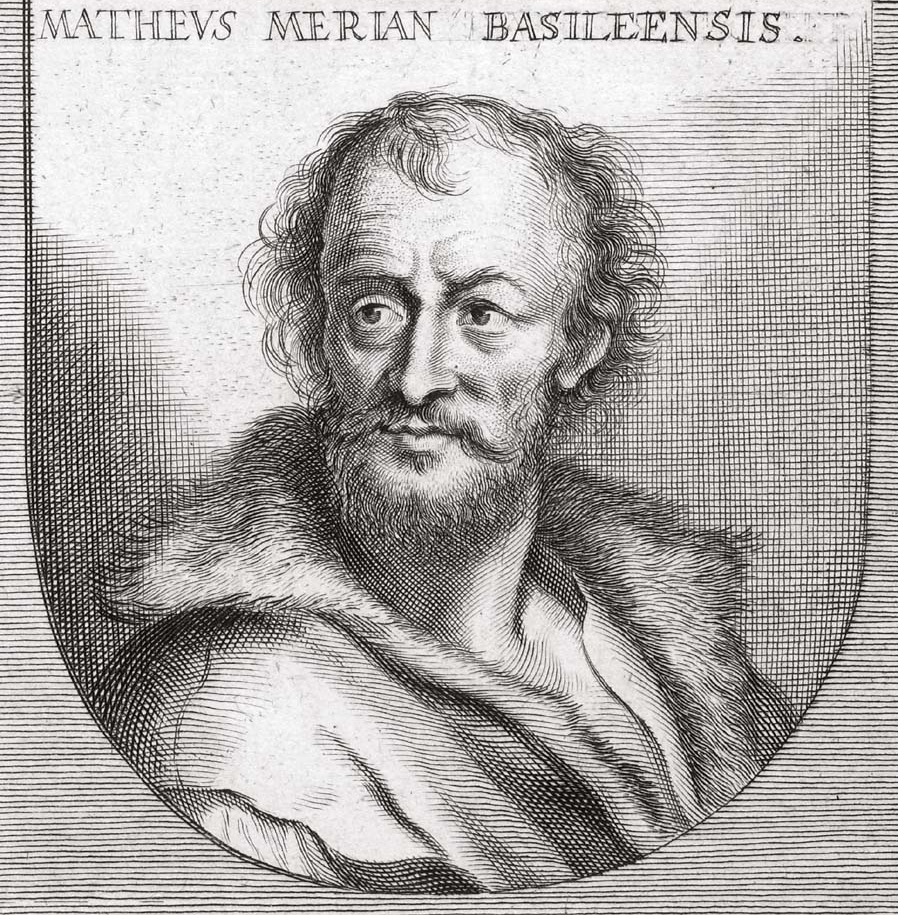
Matthäus Merian the Elder was a Swiss engraver and draftsman, renowned for his detailed and intricate works during the Baroque era. Born in Basel in 1593, he made significant contributions to art, particularly through his engravings and illustrations. Merian's artistic journey led him to Frankfurt am Main, where he produced a plethora of engravings depicting various subjects, including battles, hunts, and topographic views of European towns.
One of his notable contributions is his work on "Theatrum Europaeum," a series that chronicled contemporary history. Merian's legacy continued through his family, with his children, particularly Matthäus Merian Jr. and Caspar, taking over his publishing house after his death in 1650. They preserved and extended their father's artistic heritage, continuing to publish significant works like the "Topographia Germaniae."
Matthäus Merian the Elder's artistry was not confined to historical and topographical subjects; he also excelled in creating alchemical illustrations, demonstrating his versatility and depth as an artist. His works, such as those found in the "Musaeum Hermeticum" and "Atalanta Fugiens," display the finesse and detail that characterize his style. Today, Merian's works are preserved in various museums and collections, offering a window into the artistic and cultural milieu of the 17th century.
For collectors and experts in art and antiques, Merian's works represent a significant chapter in the history of engraving and illustration, reflecting the rich cultural and historical narratives of his time. If you are keen on exploring more about Matthäus Merian the Elder's contributions to art and history, consider signing up for updates on sales and auction events related to his works.
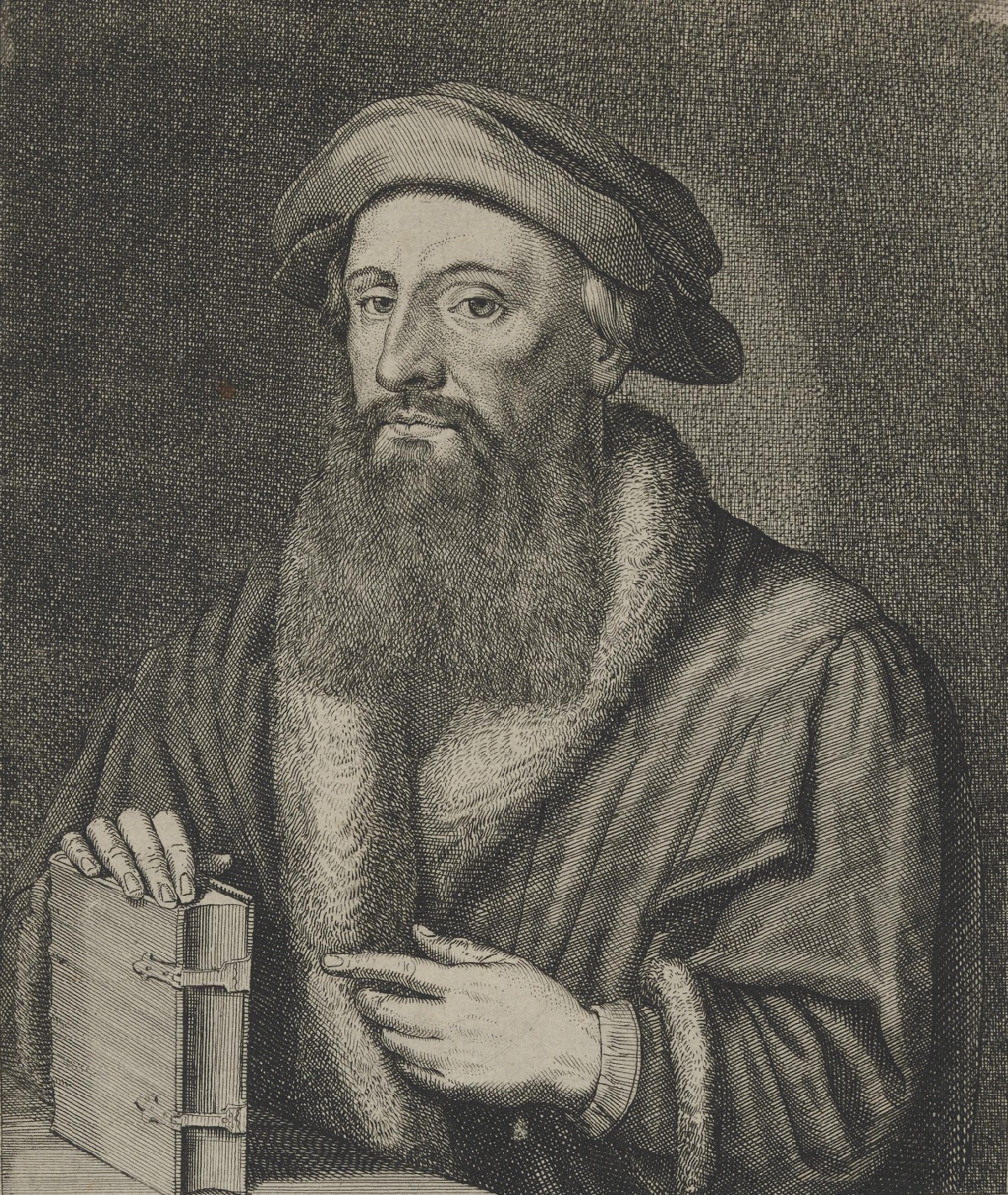
Johannes Stumpf was an early writer on the history and topography of Switzerland as well as a theologian and cartographer.
When he converted to Protestantism, Stumpf had carried over with him most of his parishioners, whom he continued to care for, as the Protestant pastor at Bubikon, till 1543.
Stumpf also published a monograph (very remarkable for the date) about Henry III, Holy Roman Emperor (1556) and a set of laudatory verses about each of the thirteen Swiss cantons.
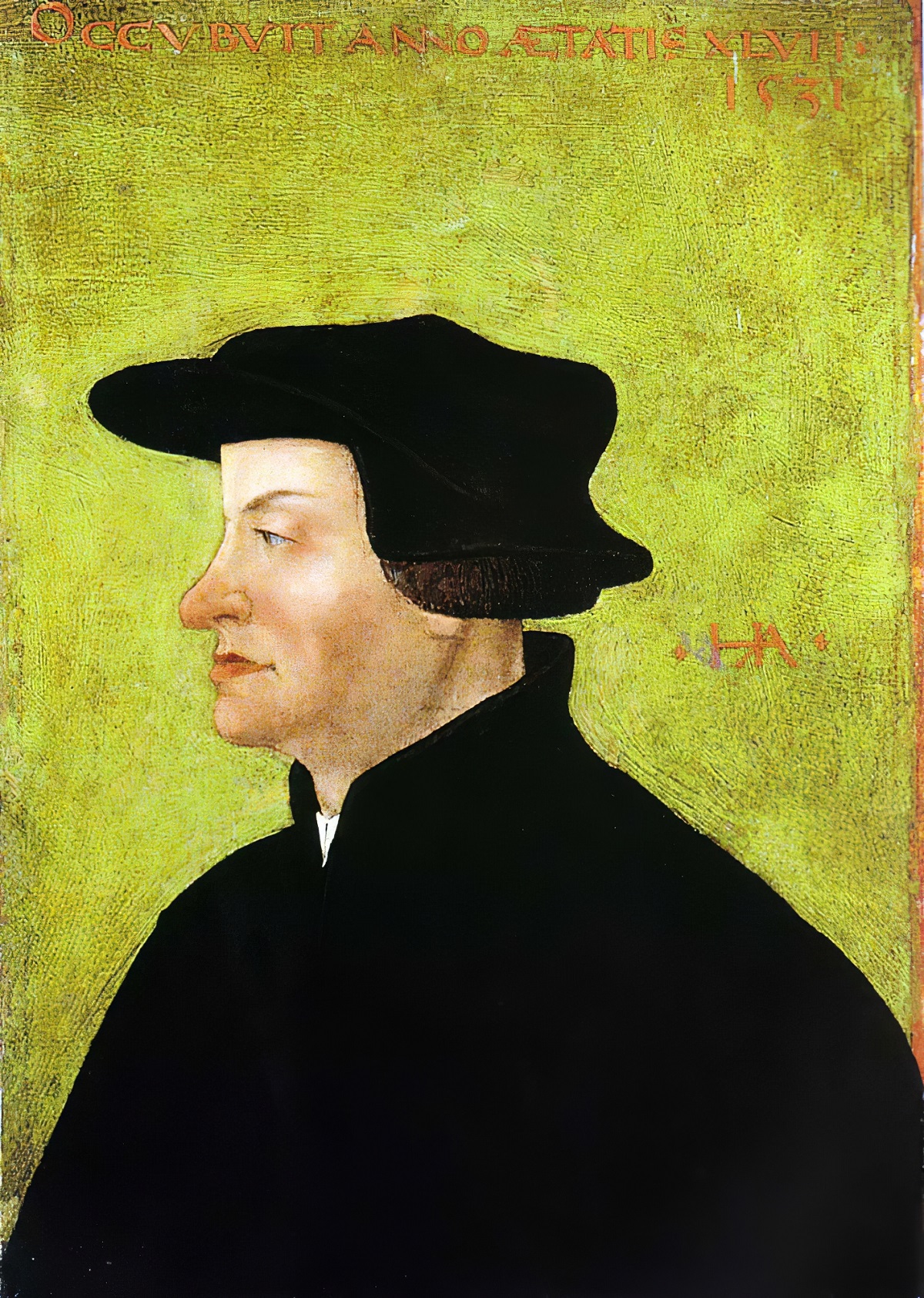
Huldrych or Ulrich Zwingli was a leader of the Reformation in Switzerland, born during a time of emerging Swiss patriotism and increasing criticism of the Swiss mercenary system. He attended the University of Vienna and the University of Basel, a scholarly center of Renaissance humanism. He continued his studies while he served as a pastor in Glarus and later in Einsiedeln, where he was influenced by the writings of Erasmus.


